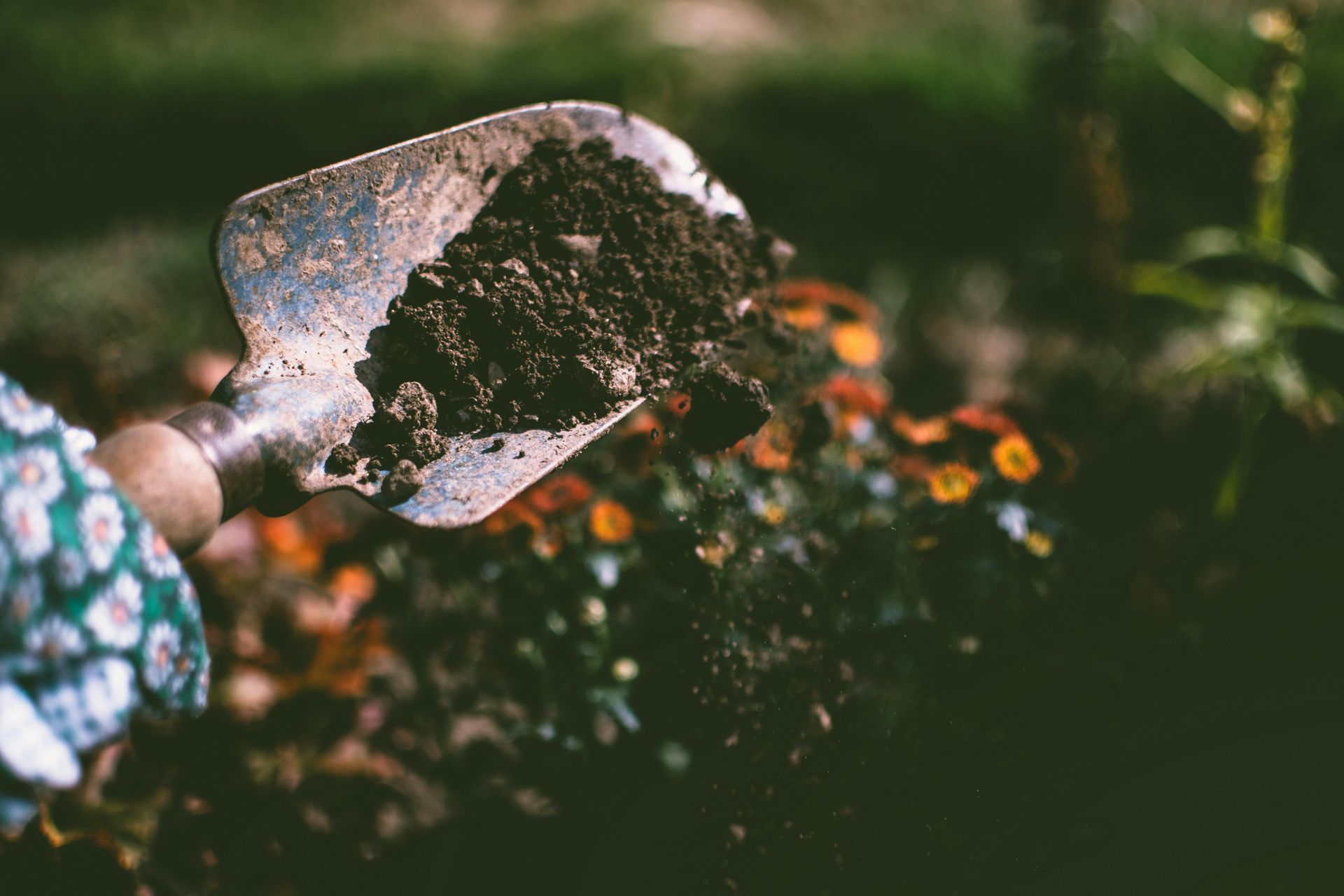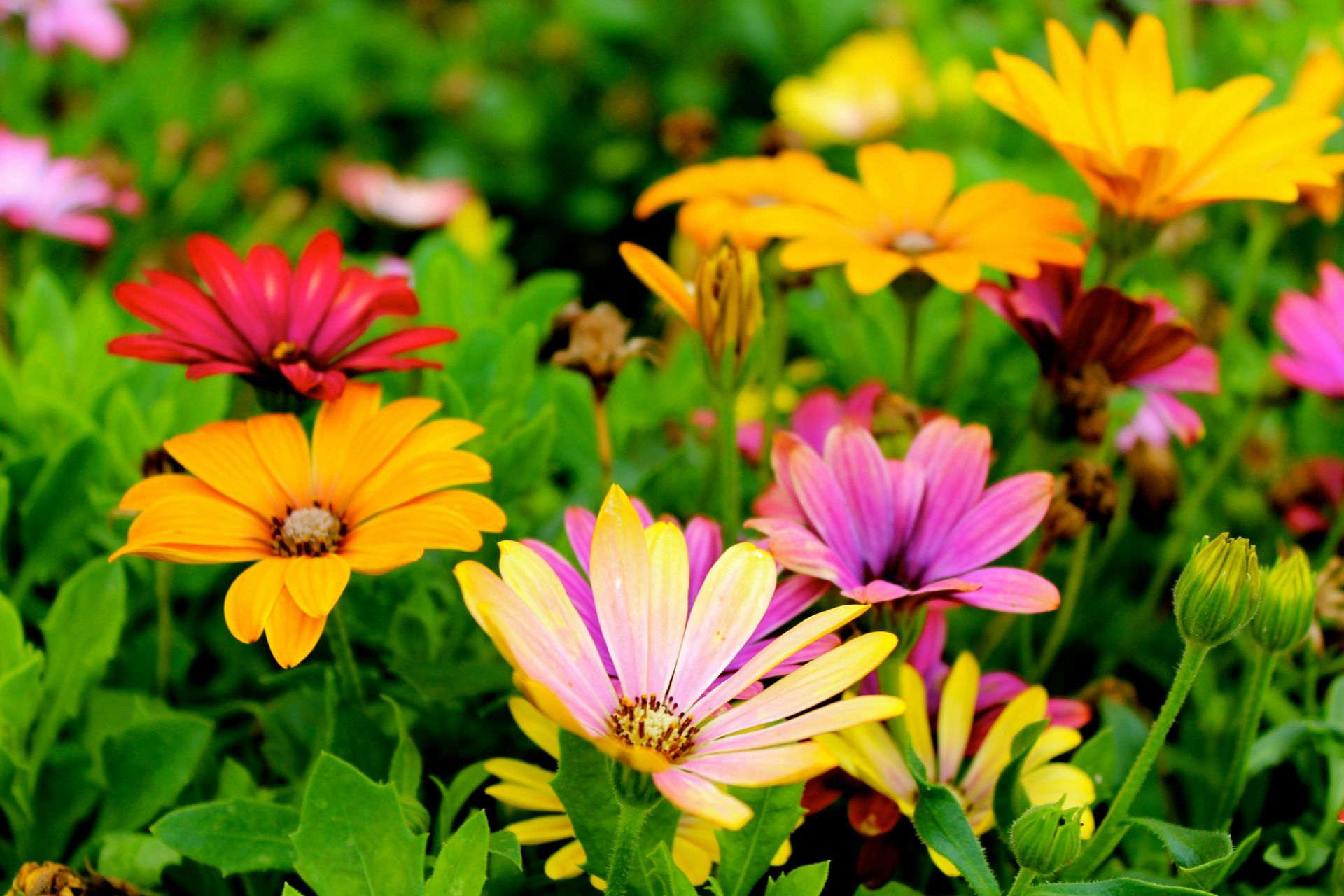The Best Fertilizer Schedule For Your Garden
November 19, 2024
What do your plants really want to eat?
Providing your garden with fertilizers is crucial to ensure strong, flourishing plants that yield abundant crops, vibrant flowers, and lush leaves. Nonetheless, grasping the correct fertilization timing can be challenging, since various plants and seasons call for unique methods. Here is a helpful manual for designing the optimal fertilization timetable for your garden.
1 Know Your Plants' Needs
Various plants have distinct needs for nutrients and specific schedules for feeding. Vegetables, fruit-bearing plants, and quickly growing flowers typically need regular fertilization, whereas perennials, bushes, and trees may only need occasional feeding. Examine the unique requirements of the plants in your garden to customize your care strategy.
2 Start With Soil Preparation
Before you plant, improve your soil by adding organic material such as compost or well-decomposed manure. This offers a rich source of nutrients that decreases the necessity for frequent fertilization throughout the growing period. A soil test can assist you in recognizing and addressing any deficiencies early on.
3 Fertilizing By Season
Spring
Spring is the key season for fertilizing many plants. When plants come out of dormancy, they require nutrients to help with their new growth. Use a balanced fertilizer like 10-10-10 to support the growth of strong roots, stems, and leaves. Apply fertilizer at the beginning of the season when the soil has reached a warmer temperature, usually in March or April.
Summer
During the summer months, plants prioritize producing flowers and fruits, necessitating extra nutrients, particularly phosphorus and potassium. Apply a fertilizer that enhances blooming for plants that flower and vegetables. To keep your lawn looking vibrant throughout the growing season, use a slow-release fertilizer. Apply fertilizer every 4-6 weeks, as directed on the product label.
Fall
Fall is an important period for trees, shrubs, and perennials. Use a potassium-rich fertilizer to enhance root strength and ready plants for the cold season ahead. Refrain from using nitrogen-rich fertilizers in autumn, as they promote growth that could be harmed by frost. Apply fertilizer in September or early October prior to the arrival of the first frost.
Winter
During the winter, the majority of plants are inactive and do not need to be fertilized. Nonetheless, indoor plants or those in a greenhouse may require a diluted fertilizer every 4–6 weeks if they exhibit growth signals.
4 Adjust For Plant Type
Annuals: Feed every 4–6 weeks during the growing season for continuous blooms.
Perennials: Fertilize in early spring and mid-summer to promote long-lasting growth.
Vegetables: Apply fertilizer before planting, then supplement every 3–4 weeks.
Trees and shrubs: Feed in early spring and late fall for root and branch development.
Lawn: Fertilize in early spring, summer, and fall with a slow-release product.
5 Use The Right Fertilizer
Choose fertilizers based on the nutrients your plants need:
Nitrogen: For leafy growth (lawns, greens, shrubs).
Phosphorus: For flowers and fruiting (vegetables, blooms).
Potassium: For overall health and resilience.
Organic options like compost, bone meal, and fish emulsion are excellent for enriching soil naturally.
6 Monitor Your Plants
Watch for signs of over- or under-fertilization. Yellowing leaves, poor growth, or burnt leaf edges can indicate problems. Adjust your schedule or fertilizer type as needed.
Final Thoughts
A consistent fertilizing schedule tailored to your garden’s needs will ensure strong, healthy plants all year. Combine fertilization with proper watering, soil care, and mulching for the best results. Remember, a little attention goes a long way toward creating a thriving, beautiful garden.
Happy gardening!


